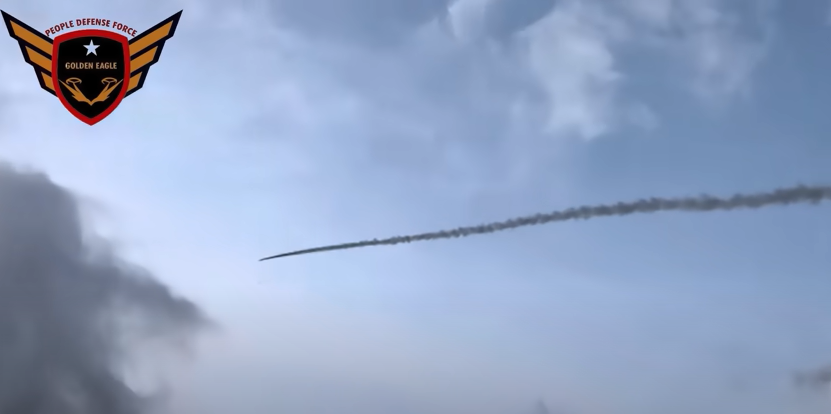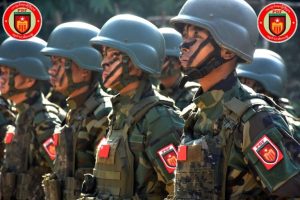
VIDEO CREDIT
🌍 World War II (1939-1945): The Deadliest Conflict in History 🌍
World War II was a global conflict that involved most of the world’s nations, including major powers divided into two opposing alliances: the Allies and the Axis Powers. It was the largest and deadliest war in human history, resulting in an estimated 70-85 million deaths.
📅 Timeline of Key Events:
| Date | Event |
|---|---|
| September 1, 1939 | Germany invades Poland, starting the war. |
| September 3, 1939 | Britain and France declare war on Germany. |
| June 22, 1941 | Germany invades the Soviet Union (Operation Barbarossa). |
| December 7, 1941 | Japan attacks Pearl Harbor, leading the U.S. to enter the war. |
| June 6, 1944 | D-Day: Allied forces invade Normandy, France. |
| May 8, 1945 | Victory in Europe Day (V-E Day): Germany surrenders. |
| August 6 & 9, 1945 | U.S. drops atomic bombs on Hiroshima and Nagasaki. |
| September 2, 1945 | Japan surrenders, officially ending the war. |
⚔️ Major Participants:
Allied Powers:
- United States (led by Franklin D. Roosevelt and later Harry Truman)
- United Kingdom (led by Winston Churchill)
- Soviet Union (led by Joseph Stalin)
- China (led by Chiang Kai-shek)
- France
Axis Powers:
- Germany (led by Adolf Hitler)
- Italy (led by Benito Mussolini)
- Japan (led by Emperor Hirohito)
💣 Causes of World War II:
- Treaty of Versailles (1919) – Harsh terms imposed on Germany after World War I created resentment.
- Rise of Fascism – Fascist leaders like Hitler and Mussolini promoted aggressive expansionism.
- Economic Depression – The Great Depression of the 1930s created instability and allowed extremist leaders to rise.
- Expansionism – Germany, Japan, and Italy sought to expand their territories.
- Appeasement – Western powers tried to avoid conflict by conceding to Hitler’s demands, which emboldened him.
📌 Key Battles:
- Battle of Britain (1940) – Germany’s attempt to invade Britain through aerial bombing.
- Operation Barbarossa (1941) – Germany’s invasion of the Soviet Union.
- Battle of Stalingrad (1942-1943) – A turning point in the war where the Soviet Union defeated Germany.
- D-Day (1944) – The largest amphibious invasion in history, leading to the liberation of Western Europe.
- Battle of Midway (1942) – A decisive naval battle in the Pacific that shifted the balance in favor of the Allies.
🛑 The Holocaust:
One of the most horrific aspects of World War II was the Holocaust, during which Nazi Germany systematically murdered approximately 6 million Jews and millions of others, including Romani people, disabled individuals, political prisoners, and LGBTQ+ individuals.
- Concentration Camps: Auschwitz, Dachau, and Treblinka were some of the most notorious camps.
- Final Solution: The Nazi plan to exterminate all Jews.
⚛️ The Atomic Bomb and the End of the War:
In August 1945, the United States dropped two atomic bombs on Hiroshima (August 6) and Nagasaki (August 9), leading to Japan’s surrender.
- Hiroshima Death Toll: ~140,000 people
- Nagasaki Death Toll: ~74,000 people
These bombings remain controversial and marked the first and only use of nuclear weapons in warfare.
📝 Outcomes of World War II:
- United Nations (UN) Founded – To prevent future global conflicts.
- Cold War Begins – A geopolitical tension between the United States and the Soviet Union.
- Decolonization – European powers began granting independence to colonies.
- Germany Divided – Germany was divided into East Germany (Soviet-controlled) and West Germany (Allied-controlled).
- Economic Recovery – Programs like the Marshall Plan helped rebuild war-torn Europe.
💡 Interesting Facts:
- The war lasted 6 years and 1 day.
- More than 100 million people from over 30 countries participated in the war.
- Adolf Hitler married Eva Braun just one day before they both committed suicide in 1945.
- The United States emerged as a superpower after the war.
- The Japanese surrender was signed on the USS Missouri battleship.
Would you like more details on a specific battle, leader, or event during World War II? 😊



